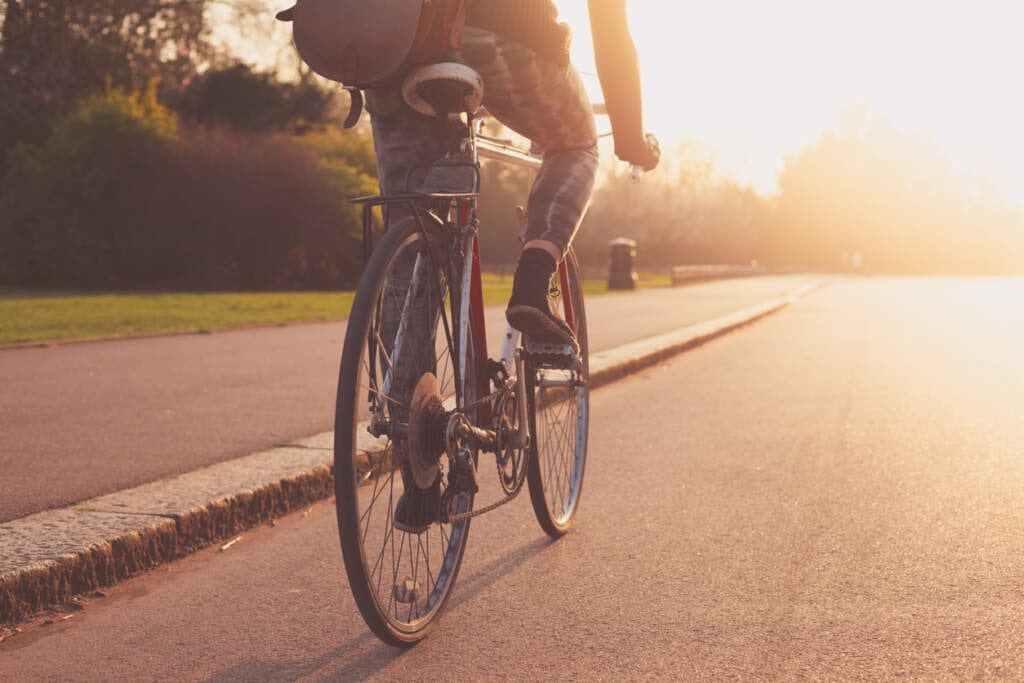
Bikes are a great way to travel around while staying active. When buying a bike, you need to pick the right bike for your needs, whether you want to ride locally around your suburb or the city, or you’re looking to go on riding trips off the beaten track.
Buying a bike is exciting, but with so many options on the market, it can be a little overwhelming. In this article, we’ll break down everything you need to consider when buying a bike for your needs.
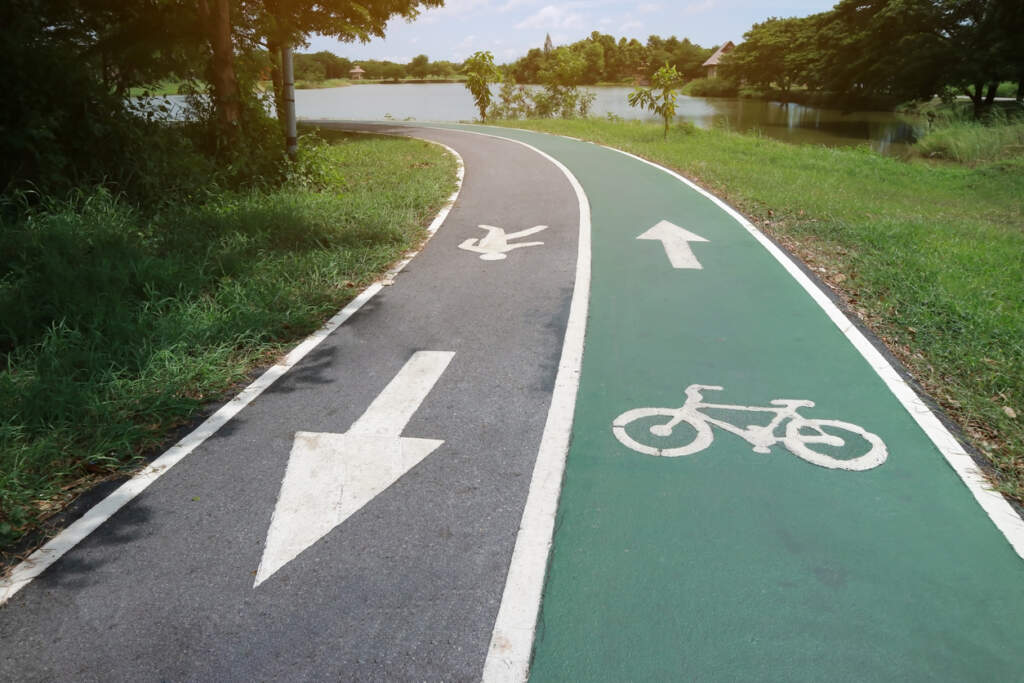
What Type of Bike to Buy
What type of bike you buy depends on how you intend to ride it. There are various bikes available, all designed for specific purposes and needs, including mountain bikes, BMX bikes, hybrid bikes, road bikes, folding bikes, cruiser bikes and kids’ bikes. We’ll break down the most common types of bikes, what they are used for and any disadvantages they may have.
Mountain Bikes
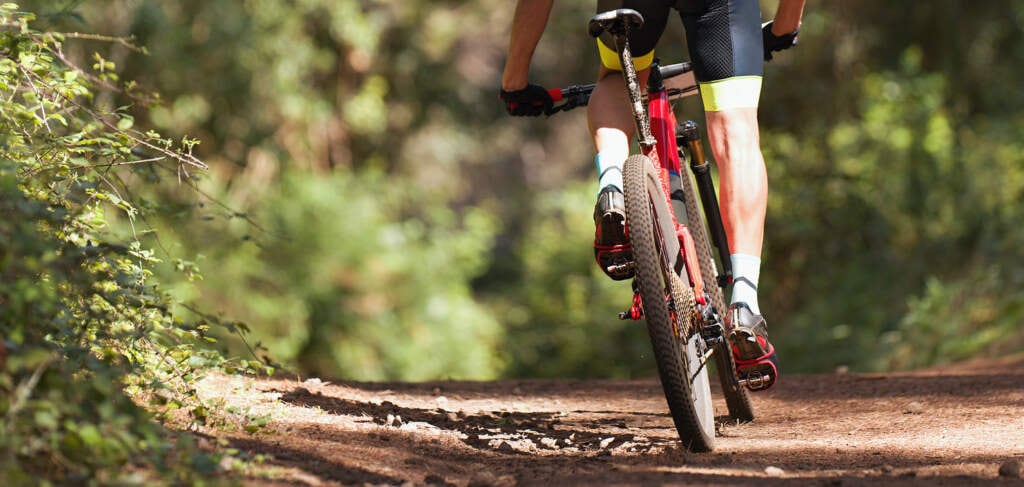
Designed for off-road riding, mountain bikes have sturdy frames, wide tired, knobby treads and suspension systems that absorb shocks. Mountain bikes have wider tires and suspensions in order to absorb shocks and make for a comfortable ride.
Mountain bikes come in various designs: hardtail, full suspension and fat tire. Hardtail mountain bikes have a suspension fork at the front, but no suspension at the rear. On the other hand, full-suspension mountain bikes have both front and rear suspensions. Fat tire mountain bikes, as the name suggests, have extra wide tires to provide better traction on softer terrains.
Ideal for: Rough terrains, dirt tracks and steep hills
Disadvantages: Not suitable for road use due to their heavy frames and wide tires.
Road Bikes
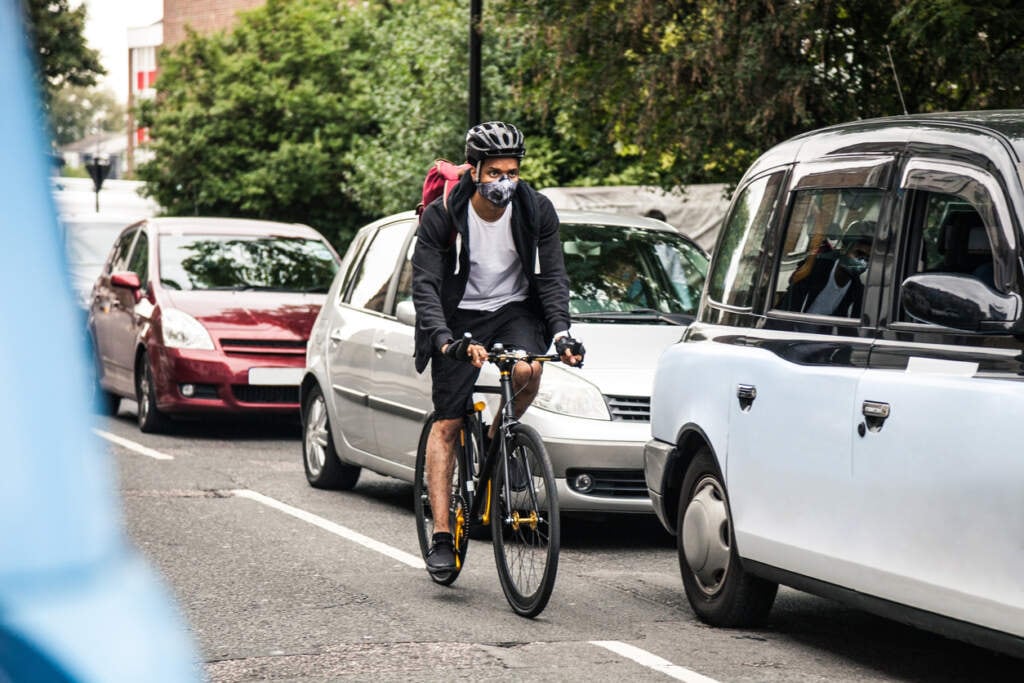
Road bikes are ideal for riding on roads and paved surfaces and are popularly used for commuting around cities. Typically, road bikes don’t have suspension, since they are designed for speed and efficiency on city roads and paved surfaces. With lightweight frames, narrow tires and drop handlebars, road bikes are ideal for long-distance riding, racing and commuting in the city and suburbs.
Ideal for: Commuting and long-distance riding
Disadvantages: Not suitable for off-road use due to their narrow tires and lack of suspension. Road bikes can be less comfortable than other types of bikes
Hybrid Bikes
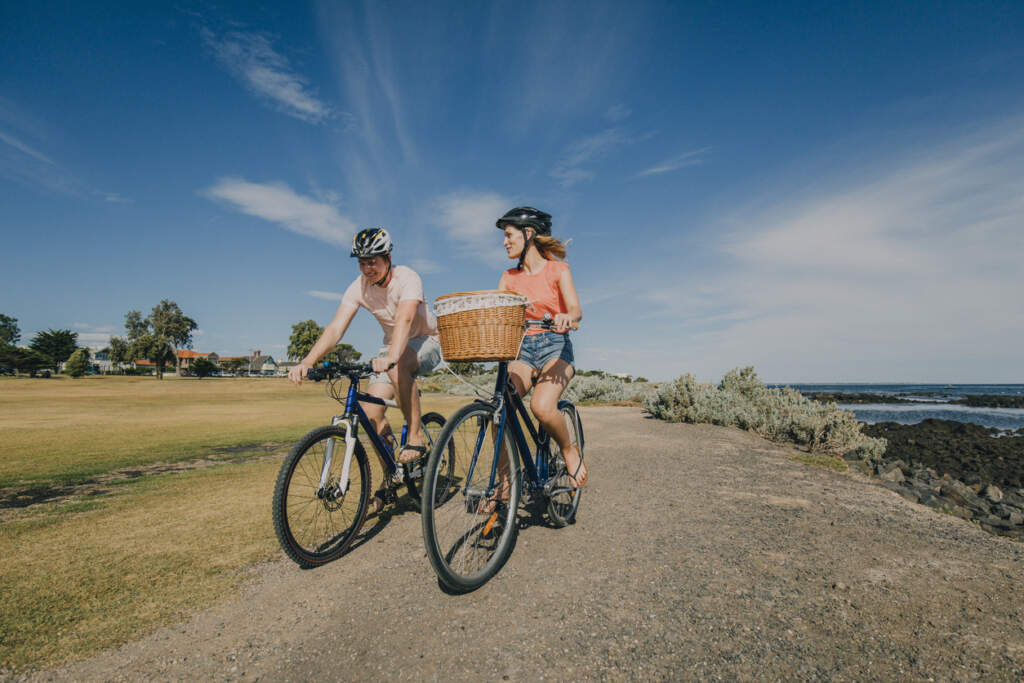
Hybrid bikes bring the best of both worlds together, as a combination of road bikes and mountain bikes. They’re designed for a wide range of riding activities, from commuting, riding for fitness and leisure riding. Hybrid bikes have wider tires than road bikes, but narrower tires than mountain bikes, making them suitable for both paved and unpaved roads. More comfortable than road bikes, hybrid bikes have an upright position, putting less stress on the neck and back. Despite all the benefits, due to their hybrid design, these bikes are less efficient than road bikes for paved roads and less suitable for off-road use than mountain bikes. If you’re looking to do a little of both, hybrid bikes are for you.
Ideal for: Paved and unpaved roads
Disadvantages: Due to their hybrid design, they are less suitable for off-road riding than mountain bikes, and less efficient at paved road riding than road bikes
Cruiser Bikes
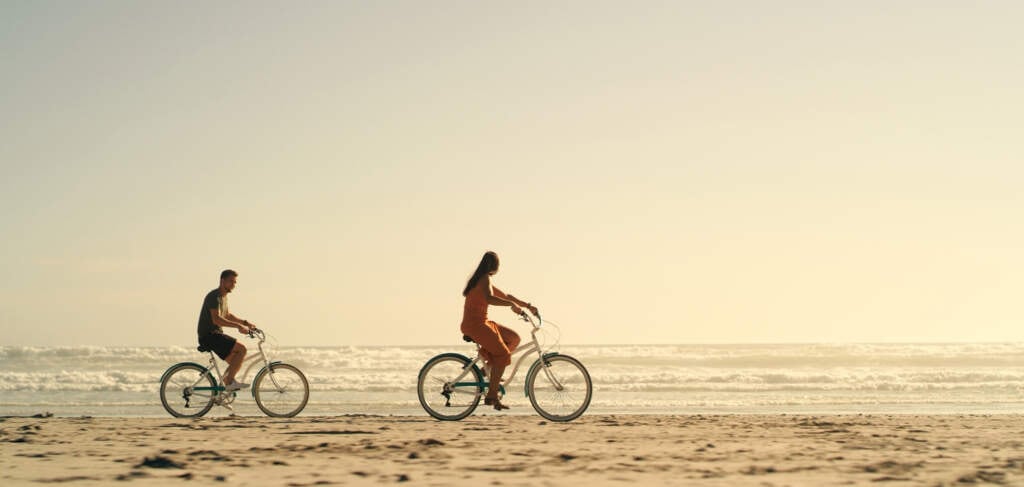
Looking to go for leisurely rides down the beach or around town? Cruiser bikes, also known as fixie bikes or ladies’ bikes, are designed for just that. With wide tires, upright handlebars and comfortable seats, cruiser bikes are ideal for short trips and relaxing rides. Some cruiser bars have a low top bar, so you can step through easily. They’re not suitable for long-distance riding because they lack the right gears and suspension.
Ideal for: Short, leisurely and relaxed rides
Disadvantages: Cruiser bikes lack the gears and suspension suitable for long-distance rides and are not ideal for extended riding. Often slower than other commuter bikes, like road bikes.
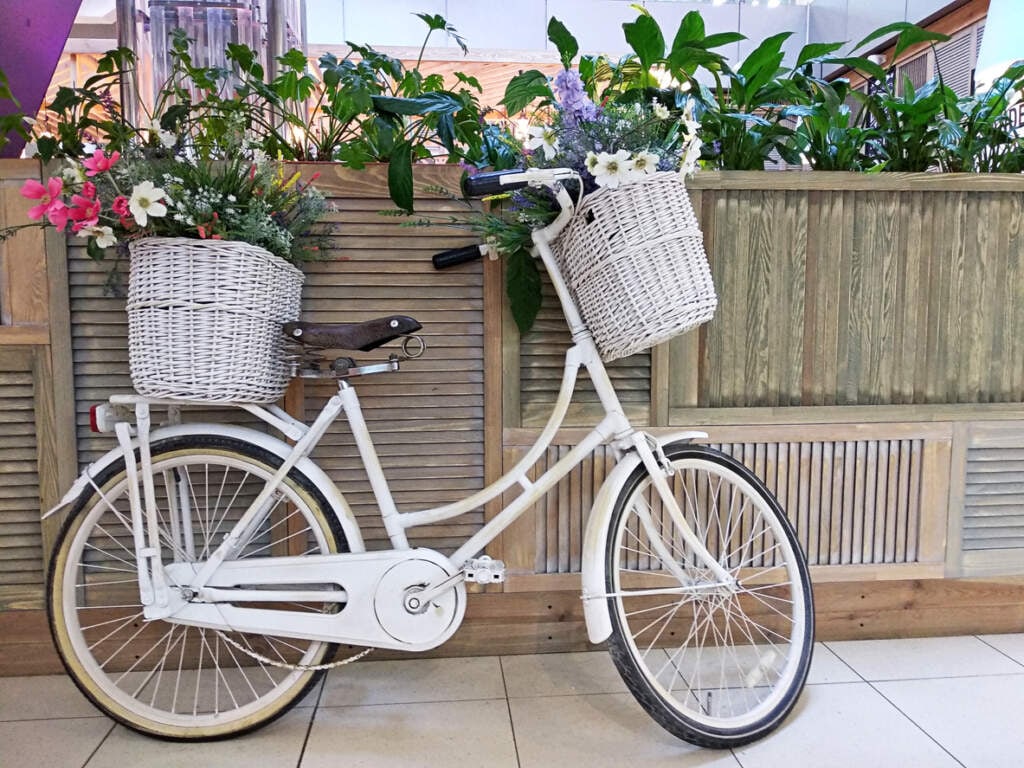
BMX Bikes
BMX bikes are designed for riding and racing on dirt tracks and at skate parks. Small, lightweight and sturdy, they are ideal for doing tricks and jumps. BMX bikes come in a variety of styles, including freestyle, race and dirt jump, all designed for specific purposes. Race BMX bikes feature larger wheels, designed for speed. Freestyle BMX bikes are best for performing tricks and stunts and dirt jump BMX bikes are ideal for jumping and landing on dirt tracks.
Ideal for: Jumps, tricks and stunts at skate parks and on dirt roads
Disadvantages: Not suitable for long-distance riding
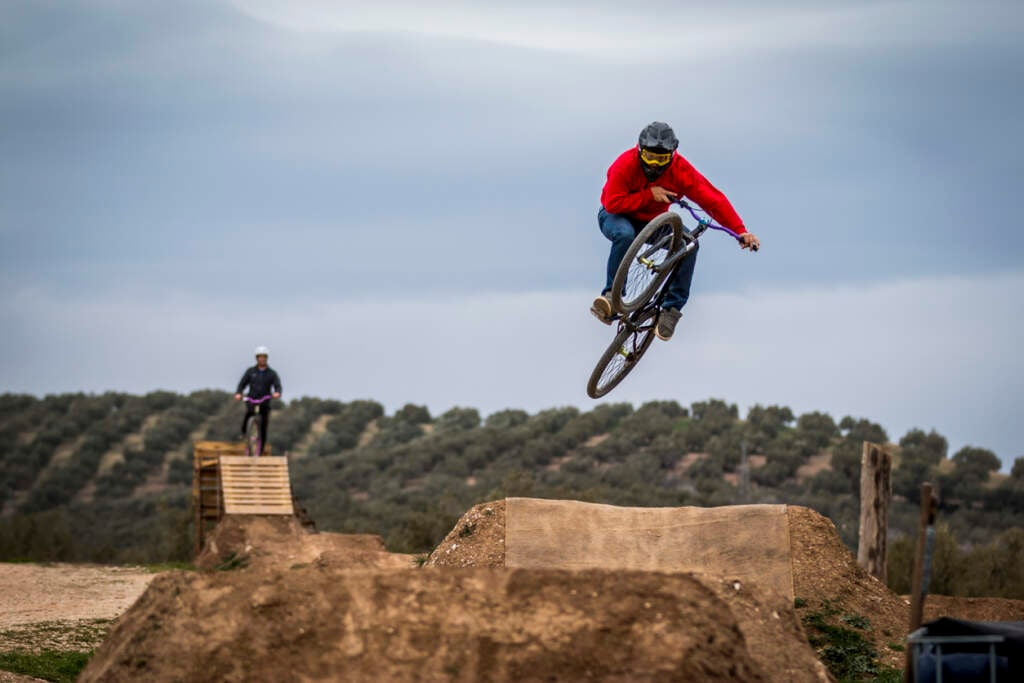
Folding Bikes
Folding bikes are designed for travelling and commuting. Uniquely designed, folding bikes can fold up into a compact size so they’re easy to transport and store. Folding bikes are especially convenient for those with little storage space and those who commute via public transport each day.
Ideal for: Commuting and travel
Disadvantages: Less efficient than other bikes, because of their smaller wheels and lack of suspension
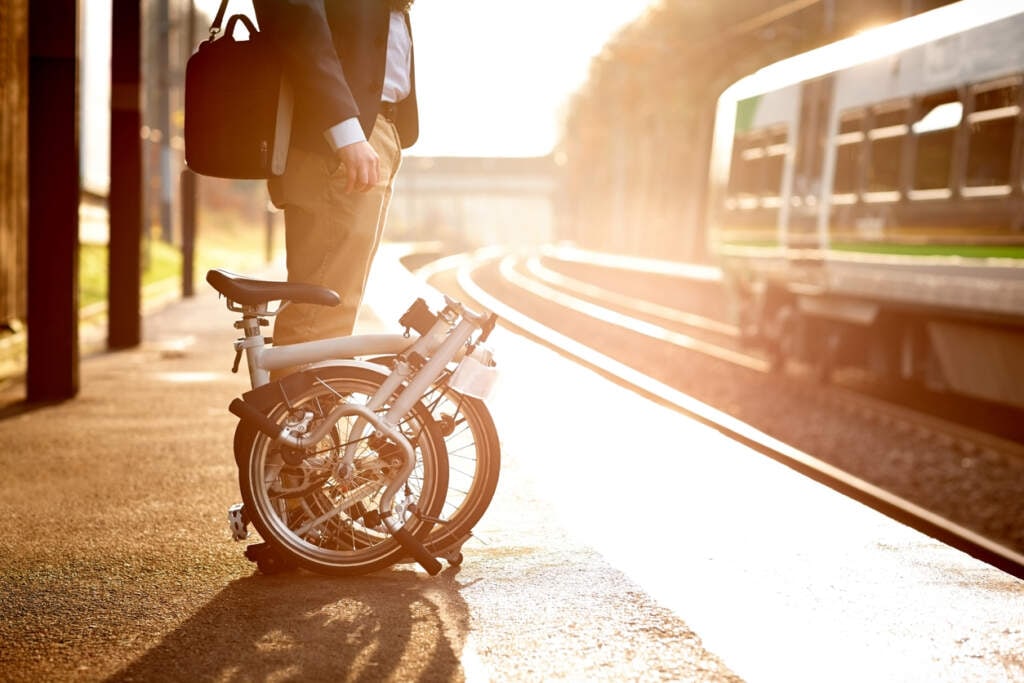
Electric Bikes
Over the years, electric bikes have become increasingly popular, and with good reason! They’re more sustainable and eco-friendly than driving, and a more accessible option than commuting by bike for many people.
Electric bikes, also known as e-bikes are bikes equipped with an electric motor, usually battery-powered. They’re designed to assist the rider who may not be able to ride a regular bike because of physical limitations. Electric bikes also tend to be faster than regular bikes and don’t require as much effort, making them a great option for commuting.
Ideal for: Commuting
Disadvantages: Initial purchase and maintenance and repairs can be quite expensive, have short battery life and are heavier than other bikes
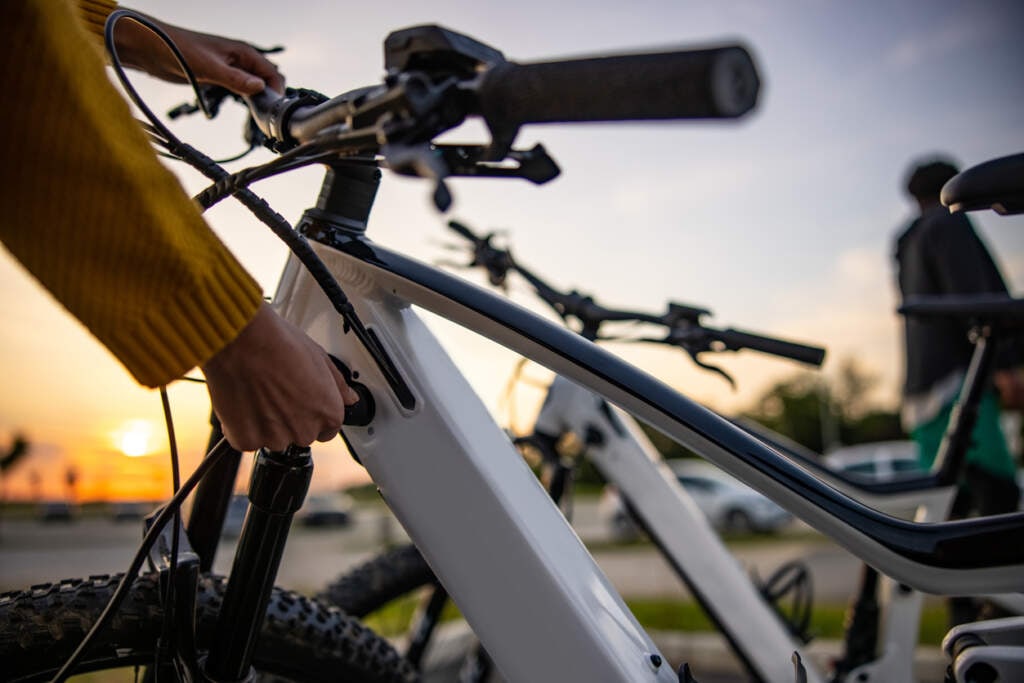
How to Buy the Right Size Bike
When buying a bike, it’s critical you choose the right size. The size of your bike affects how comfortable you are, how efficiently you ride and your safety.
So, how do you know which size bike to buy? There are a few things to consider. First, you should be able to stand over the bike with your feet flat on the ground. Second, you should be able to comfortably reach the handlebars while sitting on the bike without feeling cramped or too stretched out.
Some bikes have a weight limit. Make sure you weigh below the limit for a comfortable, safe ride.
What to Consider When Buying a Bike
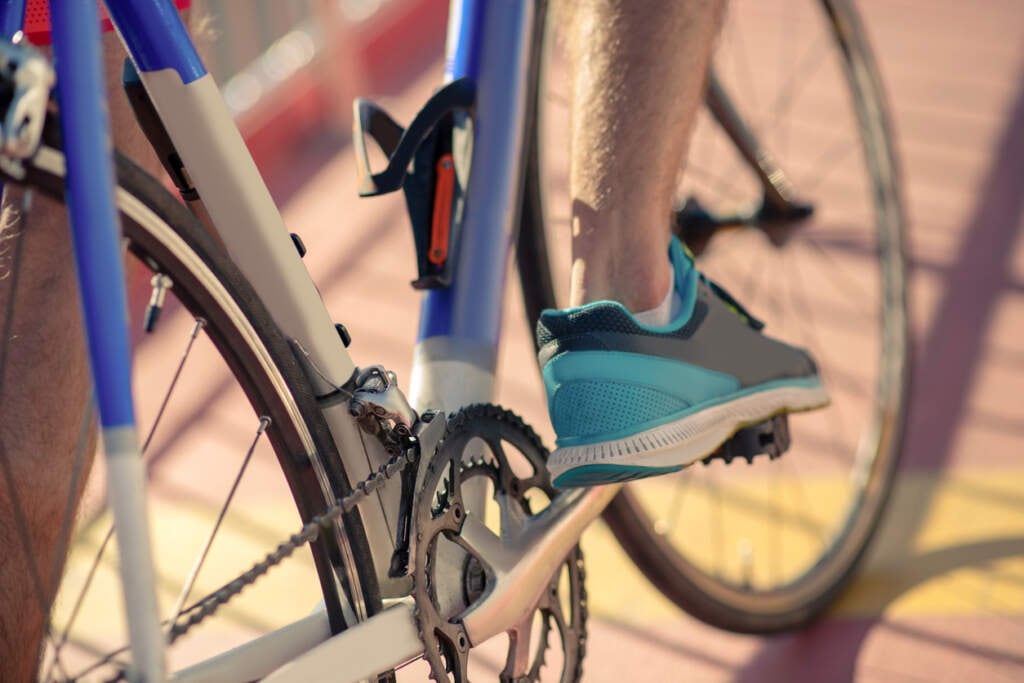
Storage
If you lack storage space, a folding bike may be best for you. These can easily be folded down into a compact size, so you can store your bike in your car, shed, apartment or house. Similarly, you can look for a bike with quick-release wheels, so you can detach its wheels without hassle.
Bike Gears
Bikes can come with anything from five gears to 27 gears. If you’re commuting around the city, five to seven gears is suitable, unless you’re in a hilly area. Generally, the longer and more off-track rides you go for, the more gears you need.
Frame Material
Commonly, bikes are made from aluminium, steel and carbon fibre.
Steel is most commonly used for bike frames. Bikes made from steel make for a strong, long-lasting frame. Steel absorbs bumps well, but can rust easily, and it is usually quite heavy.
Aluminium is common for city and commuter bikes. Aluminium bikes are lighter than bikes made from steel, and won’t rust. On the other hand, bikes made from aluminium don’t absorb bumps.
Carbon fibre is light and absorbs bumps well, however, bikes made of carbon fibre can be quite pricey.
Bike Wheels
When choosing a bike, you need to make sure you get the right wheels for your needs.
Rims: If you’re looking for durability, double-walled rims are stronger than single-walled rims.
Wheel spokes: A higher spoke count on your wheels is better for those riding on bumpy paths or roads.
Quick-release wheels: If you want to take your bike in the car or lack of storage space, look for quick-release wheels.
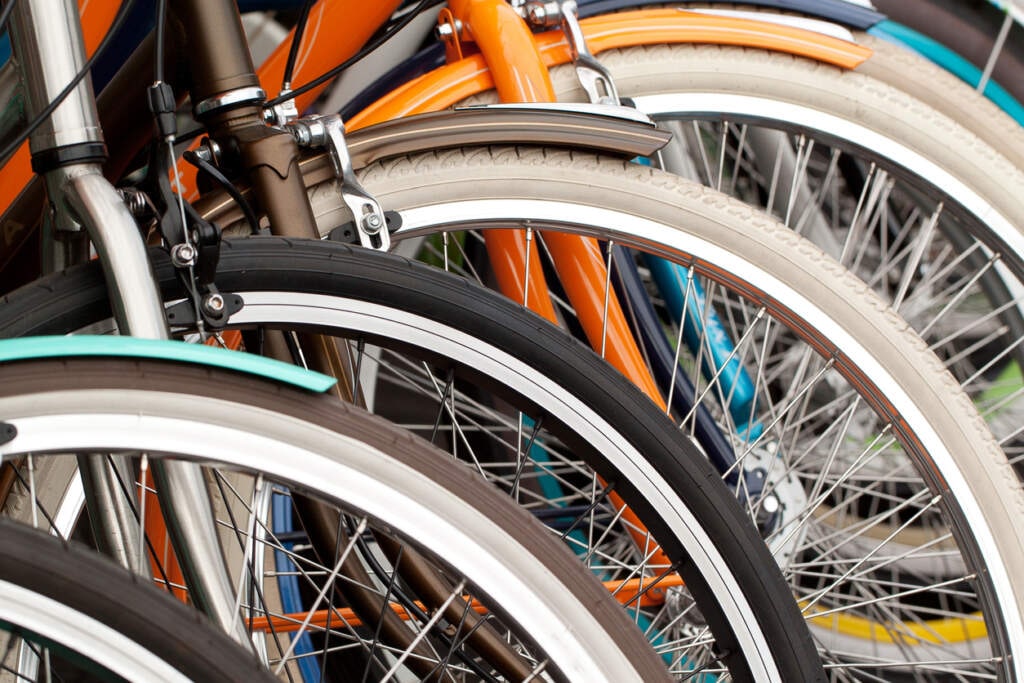
Bike Tyres
There are two main things to consider when it comes to tyres: the width and tread. If you’re commuting, choose a slightly wider wheel than a thin, slick wheel. Similarly, if you’re riding on roads and paths, avoid knobbly treads as these are designed for off-road biking.
Bike Pedals, Grips and Saddle
Grips: When trying out your bike, check how the bike’s grips feel. They need to be suitable so your hands won’t slip or shift. If the grip feels too narrow or too wide for your hands, it can be replaced.
Pedals: For casual riding, standing pedals are suitable. If you’re a long-distance rider or ride off-track, consider pedals with toe clips that fit snugly over your feet.
Saddle: It’s essential you’re comfortable on your bike as you ride. Make sure the size of your bike’s saddle is suitable.
Additional Bike Accessories
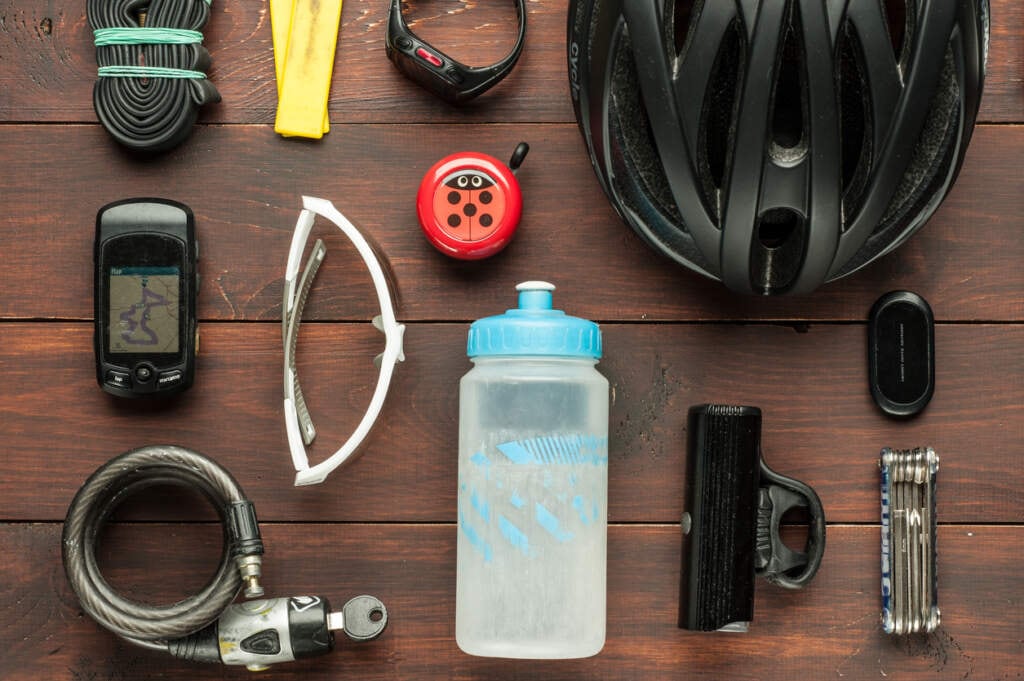
When buying a bike, there are a few essential bike accessories to buy.
Essential bike accessories: A fitting bike helmet, bike mirrors, a bike lock, bike bells and horns, bike lights & reflectors to attach to your bike and a tyre pump.
Additional bike accessories: Bike travel cases and bags, saddlebags and panniers, bike stands and storage racks, bike phone holders and bike bottle holders, bike baskets and more.
While maintaining your bike, you may also need some bike parts & components, like bicycle handle bar grips and tape, bike forks and suspension, bike seat covers, bicycle kickstands and more.
What Bike Should I Buy as a Beginner?
If you’re wondering what type of bike to buy as a beginner, consider the kind of riding you will be doing. If you want to go for short, casual rides, a cruiser bike will suit you well. Cruiser bikes are usually budget-friendly and will suit those with little to no cycling experience. If you want to commute and explore off-track, a hybrid bike is your best bet.
If you’re looking for an easier and more eco-friendly way to commute, consider an electric bike. They’re faster and easier to ride than regular bikes, but should only be used on roads and paved surfaces.
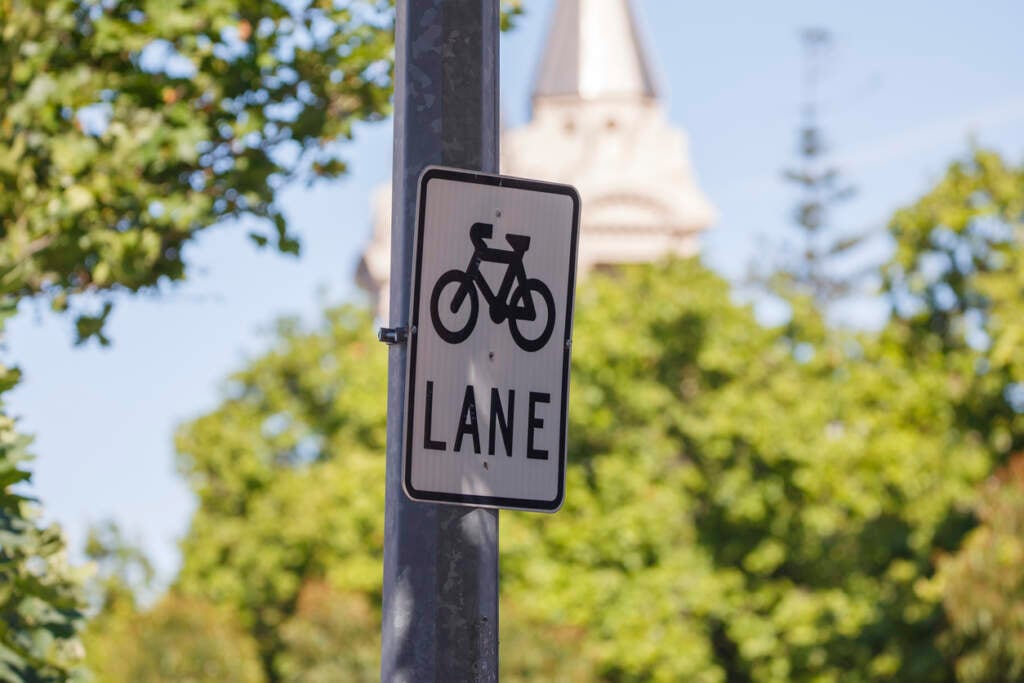
Before riding, make sure to brush up on the road rules for cyclists. Generally, cyclists obey the same road rules as drivers, but there are some additional bike-specific rules to be aware of. Stay safe and enjoy!


